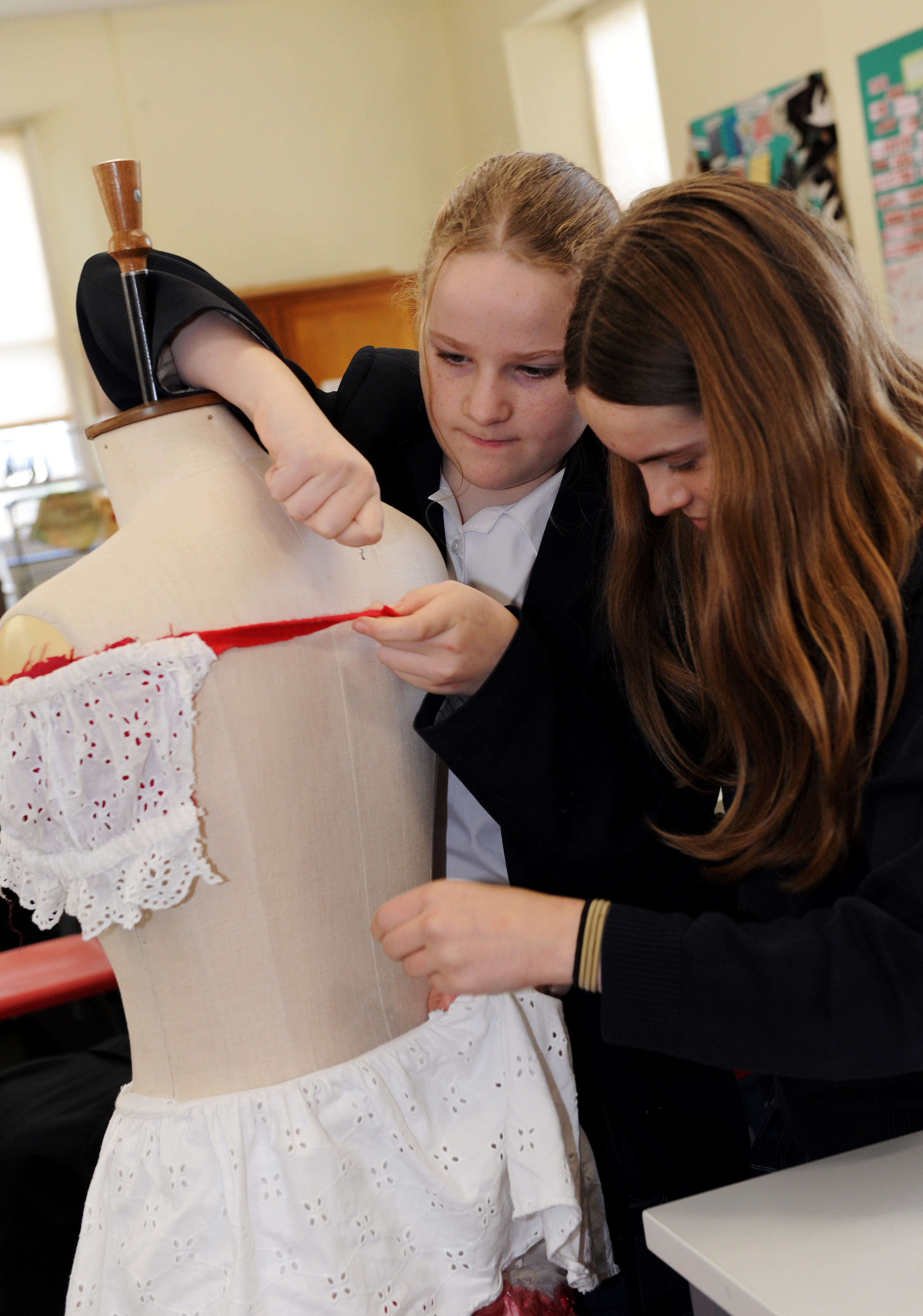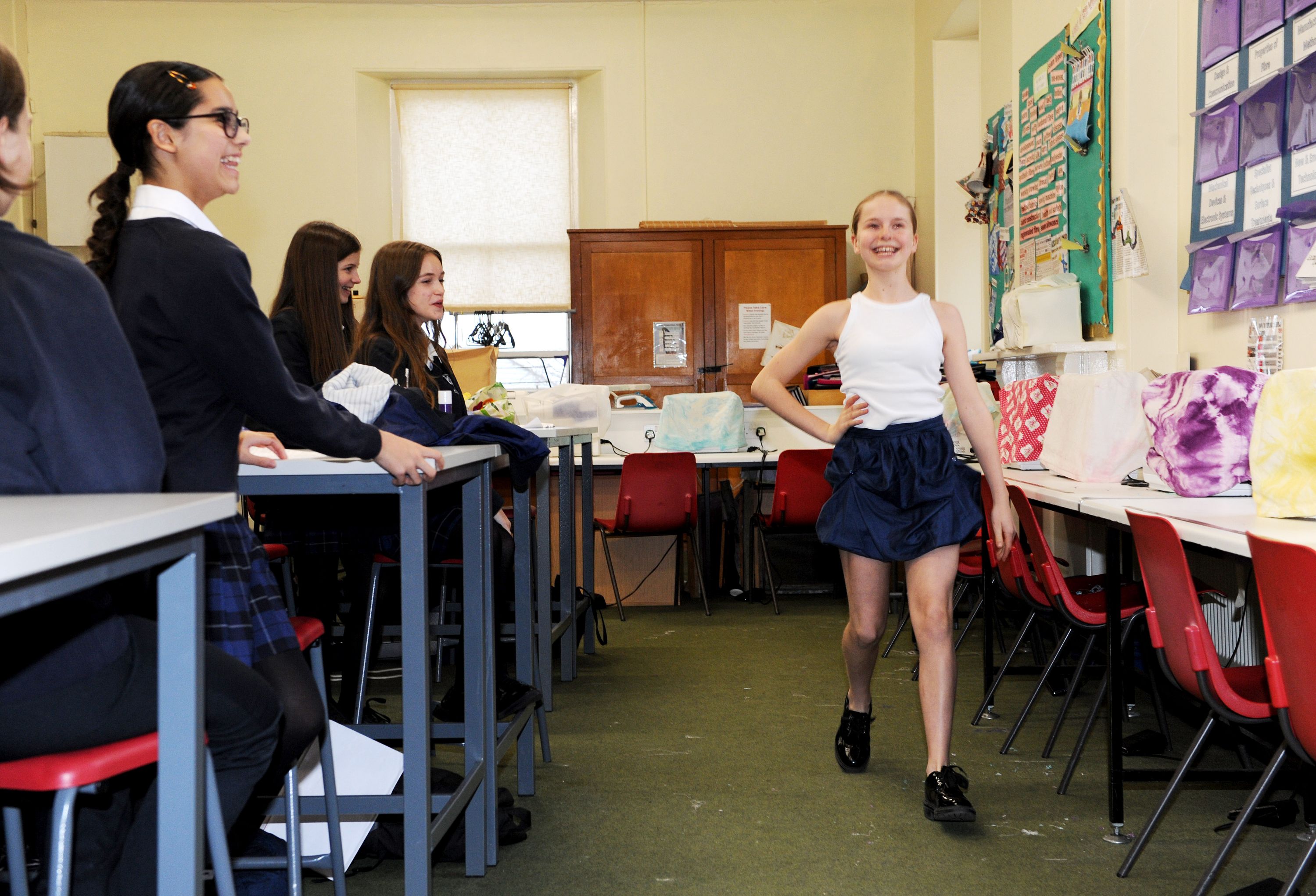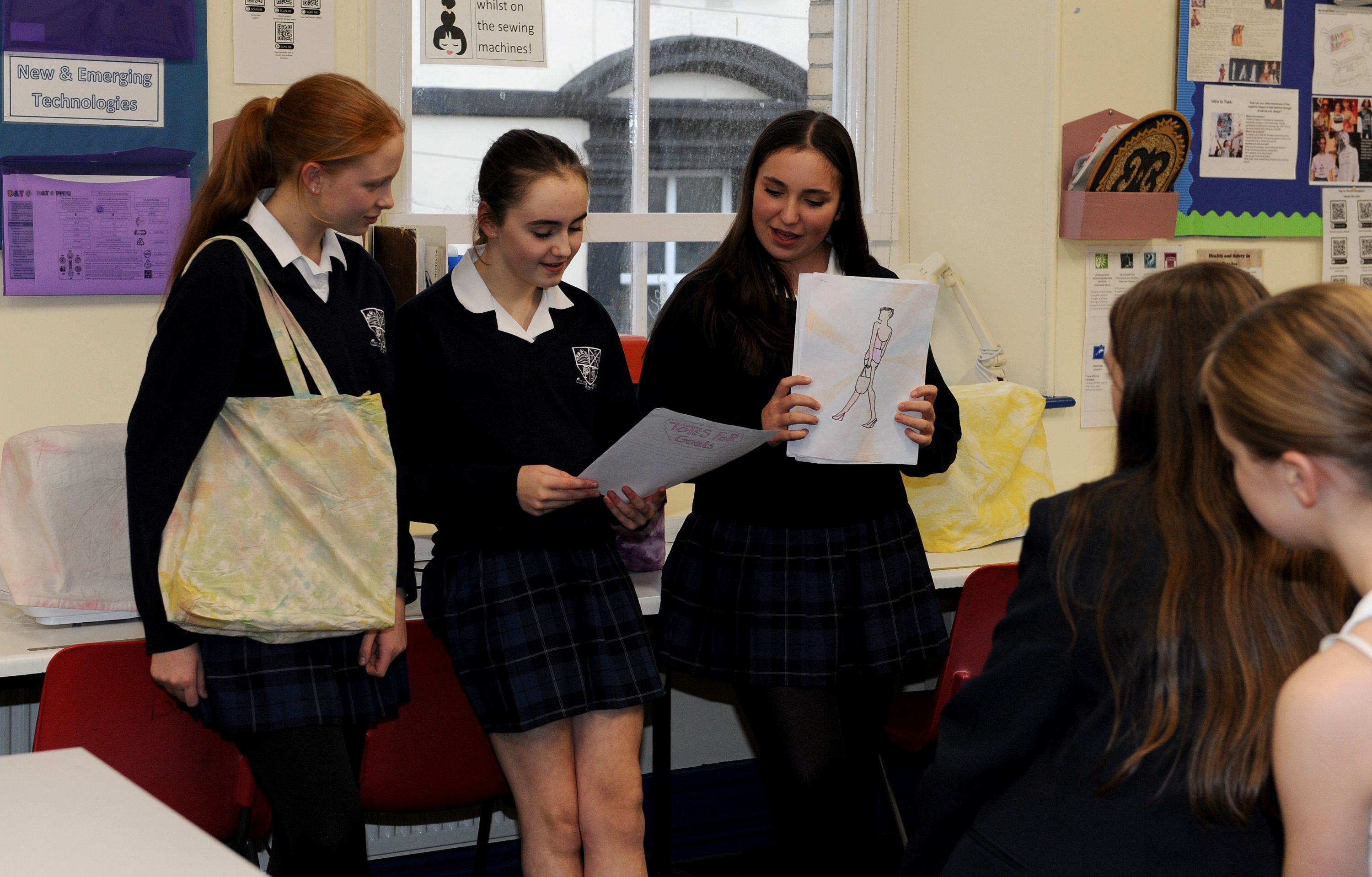Year 9 Wearable Art: A Journey Through Design, Creativity, and Innovation

This term, Year 9 students embarked on an exciting and challenging project in the Wearable Art unit, combining creativity, technical skills, and practical problem-solving to design and create a piece of wearable art. The project not only encouraged students to think outside the box but also emphasised the importance of the design process, from initial concepts to the final product.
Designing for a Purpose and Specific Consumer
The first step in the wearable art project was for students to consider the purpose and target consumer of their designs. They were tasked with creating a wearable piece that would appeal to a particular audience, whether that be for a fashion-conscious teenager, a theatrical production, or an environmentally conscious consumer. By narrowing their focus, students were able to design with intention, ensuring that each piece was both functional and aesthetically engaging.
The students were encouraged to research trends, consider fabric properties, and think about how the design would cater to their chosen consumer. This process gave them a deeper understanding of how important it is to design with a purpose and how art can intersect with real-world needs and desires.
Iterative Design Process: Modelling and Peer Feedback
Next came the iterative design process, where students began by sketching out their ideas and building models. This stage was critical in transforming abstract concepts into tangible designs. Using a variety of materials, including paper, fabric scraps, and even recycled materials, students created prototypes that could be adjusted and refined throughout the process.
Peer feedback played a crucial role during this phase. Students shared their models with one another and provided constructive criticism, helping each other to refine their designs. This peer interaction fostered a collaborative atmosphere, encouraging students to think critically and approach their work with an open mind. Feedback helped identify potential improvements, whether it was refining the fit, adding more detail, or reconsidering material choices.
Creating Patterns and Developing Layplans
One of the most important aspects of the project was the creation of original patterns for the final wearable art pieces. Students learnt the basics of pattern-making, which involved designing templates for each piece of their garment. They then developed detailed layplans, which are diagrams that show how fabric should be cut and arranged to minimise waste and optimise material use.
This step also involved calculating material consumption and estimating costs. Students needed to be mindful of both the sustainability of their designs and the practicality of staying within a given budget.
By calculating how much fabric was required and considering material costs, they were able to ensure their designs were both realistic and feasible.
Final Evaluation: Testing the Product
Once the final garments were constructed, students evaluated their work by testing the wearability, comfort, and overall effectiveness of their designs. Some students tested their creations on volunteers in a classroom catwalk, whilst others used mannequins or self-modelled their work. Feedback from these evaluations provided valuable insights into what worked well and what could be improved.
Students also reflected on the challenges they faced during the design process and how they overcame them. This evaluation phase encouraged them to think critically about their work and consider the ways in which they could apply their learning to future projects.
Conclusion
The Year 9 Wearable Art project was a remarkable exploration of creativity, design thinking, and practical skills. By learning to design for a purpose, work collaboratively, and manage material consumption, students not only developed their artistic abilities but also gained an understanding of the complexities behind creating a functional, aesthetically pleasing product. As students move forward with their learning, the skills they gained in this unit will undoubtedly shape their approach to design and creative problem-solving in the years to come.















